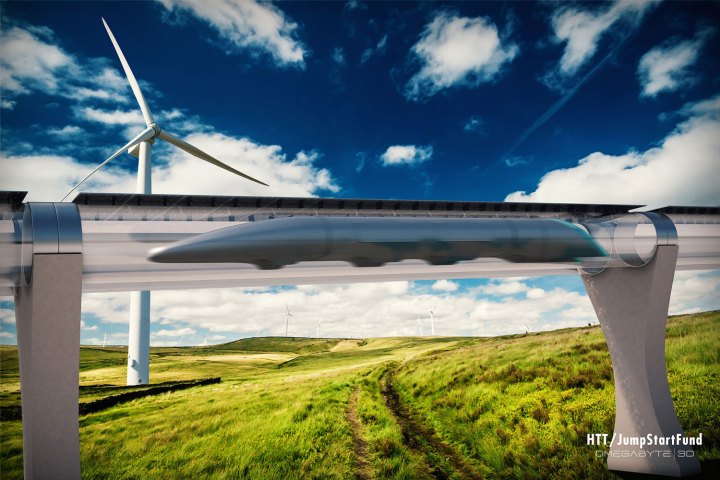
Russia, India, the UAE, and Slovakia, for example, are all keen to see how the plan develops, with some already talking seriously about how Hyperloop, which would use passenger pods and magnetic accelerators to carry people through sealed metal tubes at speeds of up to 760 mph, could one day transform their existing transportation systems.
While Australia looks at the viability of a 1100-mile Melbourne-to-Brisbane high-speed rail route – using the kind of “slow” technology that prompted SpaceX and Tesla CEO Elon Musk to dream up the Hyperloop idea back in 2013 – some in the country are suggesting the government should ditch the train plan and throw its weight behind the Hyperloop project instead.
Matt O’Callaghan, whose Melbourne-based “VicHyper” team has made it to the final group of competitors vying for the chance to design the passenger pods for the Hyperloop system, believes the Australian government should “leapfrog High Speed Rail and go straight to developing Hyperloop,” according to the Courier Mail.
“It’s not just a pipe dream or a concept any more – it is quickly becoming reality,’’ O’Callaghan, who leads a team of 25 engineers based at Melbourne’s RMIT University, told the Mail.
The team will be presenting its ideas about Hyperloop at the Queensland Infrastructure Summit in Brisbane on Thursday, and hopes the government will consider its suggestions.
Analysts have estimated the cost of Australia’s proposed high-speed plan at around US$86 billion, while Hyperloop backers said its system could cost just 60 percent of that.
Of course, the highly ambitious Hyperloop project still has plenty of challenges to overcome before the service has a hope of becoming a reality, though both Hyperloop One and HTT claim they’ll have a fully functioning prototype system in place within a couple of years. Test tracks are already under construction.


